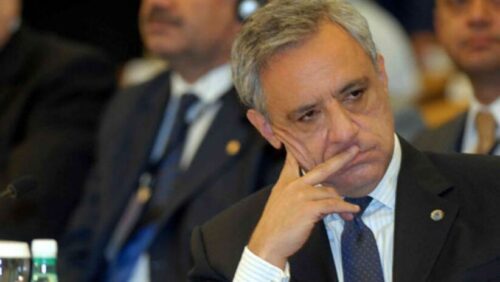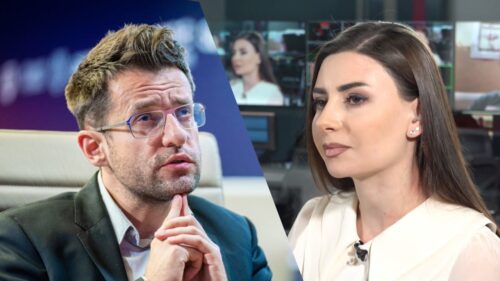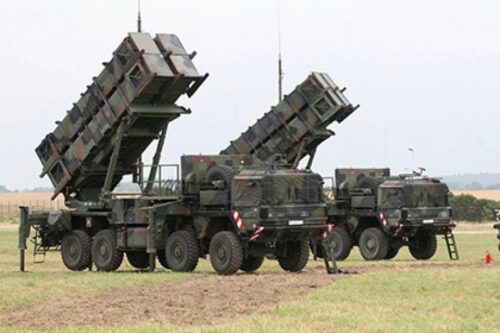
The historical bluff of “real Armenia”
The idea of manipulations used in political practice and artificial discourse in the public agenda is not new in politics; it has always been used and continues to be actively manipulated. Artificial agendas are a constantly working option in political processes, from ancient Rome and Greece to the present day.
It is generally accepted that the manipulation of public consciousness is an important means of gaining influence over large masses and the most important tool for achieving power in the age of modern technology. Let us add that psychology considers that the purpose of manipulating the public consciousness is to establish control over people by influencing their minds, thanks to which they are directed toward achieving their own goals. Well, as a result, the society automatically begins to serve the interests of the given segment, or it undergoes a direct psychological operation.
It is a generally proven fact that the purpose of political manipulation is to force others to do what is beneficial to the political subject, but the process of coercion must take place in such a way that the political subject seems to be the one making the decision (“we will do what people decide”) The tools of political manipulation are diverse, from direct speech to the use of the media.
In the wake of 2018, the period of political and psychological manipulations began in Armenia. As is well known, Nikol Pashinyan used this toolkit as a cornerstone playing cards throughout his political activity and was able—even today—to use it to achieve his own goals. In this regard, his theses reach several hundred, and one of the most recent examples, which was artificially introduced into the public domain and became one of the number one slogans for his political team, about “real” and “historical” Armenia, about “homeland” and “state” is the discourse, in connection with which they try to present deep justifications, convincing people that the Armenia they live in today is exactly what they have dreamed of for centuries.
The reality is that Pashinyan is the very leader of Armenia who is destroying the real Armenia for the sake of “historical Armenia”, otherwise he would not have announced in the Parliament that these two Armenias “are not only not compatible, but are often at odds with each other and even create serious threats to each other.” Pashinyan is trying to convince the society that for years they have been misled, they have not told us what our real homeland is—as he put it, “the real borders of the state”—and he is not only speaking about it, but even the day before yesterday he “apologized” for all of that. Perhaps it is not a coincidence that, being a representative of the school of symbolism, yesterday, ahead of Sept. 21, he again put forward the thesis about “real Armenia”.
Let’s agree, it is mysticism when the head of the country talks about the “reality” he has put into circulation on the eve of the country’s independence day, about the “real Armenia”, 208 square kilometers of which have been occupied by an enemy state, whose captives are still in prison in Baku, who does not know what his state border is after all. Apart from that, he talks about the “real Armenia” in the period when Azerbaijan attacked the sovereign territory of Armenia exactly two years ago, and Artsakh was depopulated a year ago. Basically, Artsakh was a reality until Pashinyan, despite the existing difficulties and problems, but today the cruelest fact is that Artsakh became historical Armenia at the hands of the same person.
Moreover, Pashinyan trying to circulate the thesis of “apologizing to the people” comes to prove that he is preparing for a new round. It may sound pessimistic, but the facts prove that the borders of “real Armenia” he has imagined in the last period are actually drawn by Azerbaijan under the patronage of Turkey. Today, Pashinyan is going for “peace”, but in every possible way he avoids mentioning on the basis of the map of which year the Border Delimitation Regulation was approved (the regulation was signed on Aug. 30). On the one hand, Nikol Pashinyan declares that he is “the prime minister of 29,743 square kilometers”, on the other hand, he declares that “under the Azerbaijani Constitution, they have ambitions for Vayots Dzor, Syunik, Tavush, Gegharkunik, Ararat, Luri provinces.”
Connecting his personality with “real Armenia” is not accidental, because thus he promotes his own “I” and actually tells people that “what happened before was all a myth and history, now I am the real Armenia”. Once again, we are faced with the process of fetishization, which we have witnessed many times (comparing himself with Jesus Christ, arguing about the visions of Moses, etc.).
In fact, Pashinyan has been in power for six years, during which he has managed to remain in historical Armenia as a concessionary, manipulative, hostile and anti-Church and anti-Armenian authority, which is the calling card and image of his, their real Armenia.
Armen Hovasapyan



